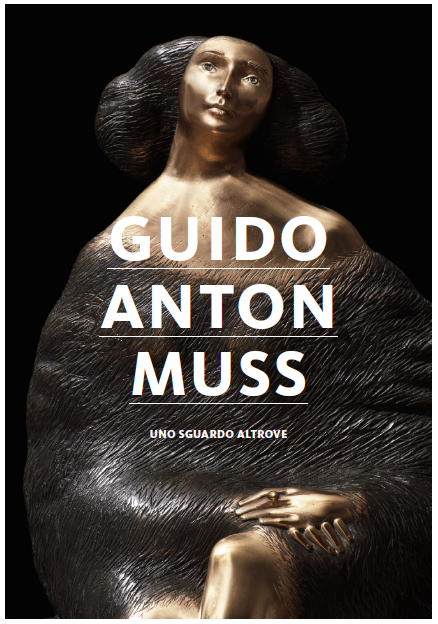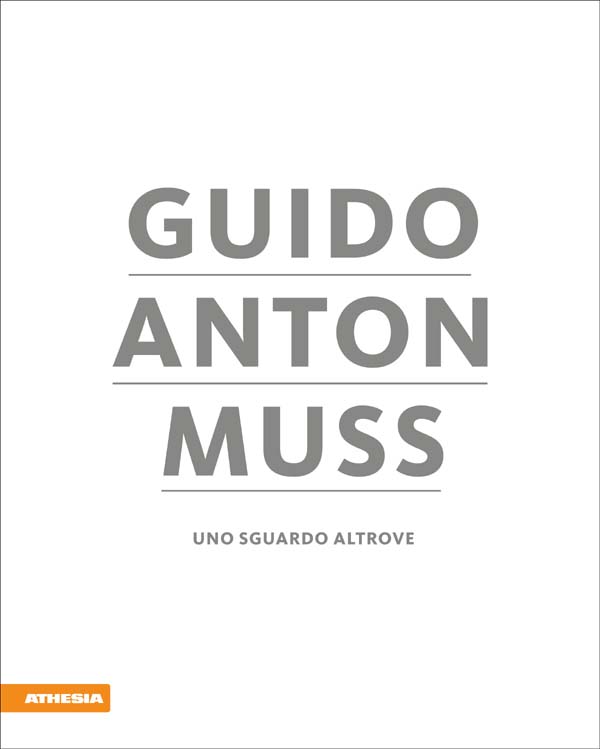1941
Guido Anton Muss is born in Bressanone/Brixen, on December 16th to Matthias
Mosna and Maria Prinoth.
1954-1957
He works as an apprentice for the woodcarver Bruno Vinatzer in Ortisei/Wolkenstein
(Val Gardena) and takes courses at the Scuola Professionale.
1957-1960
He attends the Scuola d’Arte in Ortisei/Wolkenstein and then moves
to Florence, where, thanks to a scholarship, he continues his studies
at the local Istituto d’Arte.
1962
He graduates with a Maestro d’Arte diploma from the Fano Istituto
d’Arte.
1962-1964
He studies at the Magistero d’Arte in Venice.
1963
He holds his first exhibition in Pergine/Valsaugna and sells a wooden
sculpture to a tailor, “in exchange for a tailored suit”.
1964
He begins working as a teacher in Venice and receives his first commissions,
including a Pietà for the Church of San Niccolò di Mendicoli.
1969
He moves to Bolzano/Bozen, where he becomes a member of the Associazione
Artisti Altoatesini and takes part in many competitions, winning several
prizes and awards.
1977
He returns to using the name Mussner that his father had had to Italianize
to Mosna during the fascist period and, from this moment on begins to
sign his name “Muss”. Two years later he wins a public tender
to make a sculpture in bronze for Tirolo/Dorf Tirol.
1980
A local TV station in Merano and RAI3 Italy broadcast a documentary film
of his work entitled “Ritratto d’autore” (Portrait of
the Artist). A year later, the private television channel, Canale33, airs
another broadcast dedicated to him.
1983–1984
He wins first prize in a sculpture competition in Cortina, “for
extreme stylistic grace in the historical culture of the contemporary
sculptural arts”. It also states that “the artist has consistently
oriented his style to that of the figurative avantgarde of the late twentieth
century” (Antonio Donat Cattin).
1986
The Franciscan church in Bolzano/Bozen commissions him to produce a bronze
altar; Muss leaves teaching.
1987–1988
He begins to travel and to exhibit his work in the cities he visits, including
New York, Kemijarvi (Finland), Vienna, Munich, and Paris.
1989–1991
He creates a work for the gardens of the Hotel Laurin in Bolzano/Bozen
and a group of bronzes for the Felsenkeller in Laimburg.
1992
He produces two sculptures, Le Cariatidi, which are then placed in the
new Provincial office building in Bolzano. In November, he travels to
Mexico and Guatemala.
1993
He works on a group of bronzes for a fountain in Dobbiaco/Toblach and
exhibitions of his works are held in Saint Louis (France) and New York.
1994-1996
He exhibits in his home valley in Ortisei/Wolkenstein at the Kreis für
Kunst und Kultur, then returns to Mexico where one of his works is purchased
by the Museum of Modern Art in Mexico City.
1999
He offers the Autonomous Province of Bolzano the donation of all his works
(112) in exchange for a life annuity, so that they will not be separated
but will remain in a single collection. The works are kept in the ´Ciastel
de Tor Ladin Museum of San Martino in Val Badia.
2002
He produces his final piece for the Cassa Rurale di Bolzano, the Toro,
placed at the beginning of Via Portici in Bolzano/Bozen in May of the
following year.
2003
On 3 March the artist dies in Bolzano/Bozen, at just 62 years of age,
after a long battle with illness.

